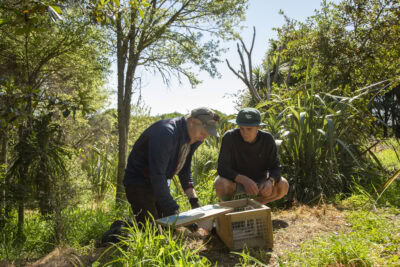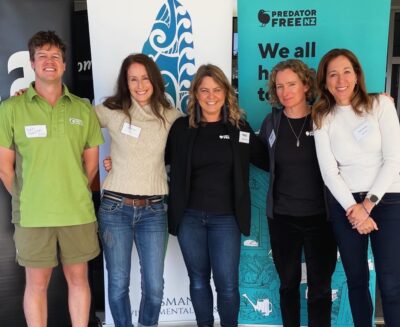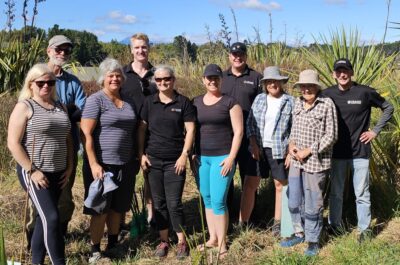Forestry and Farmers are working together to protect one of New Zealand’s most iconic, but most endangered birds – the whio.
A new chapter unfolds as Tasman Environmental Trust (TET) and New Forests NZ collaborate through a sponsorship agreement to give the Farmers for Whio project an extra boost. This collaboration promises to amplify efforts in safeguarding river environments in the Motueka Catchment from predators and protect the unique whio (blue duck).
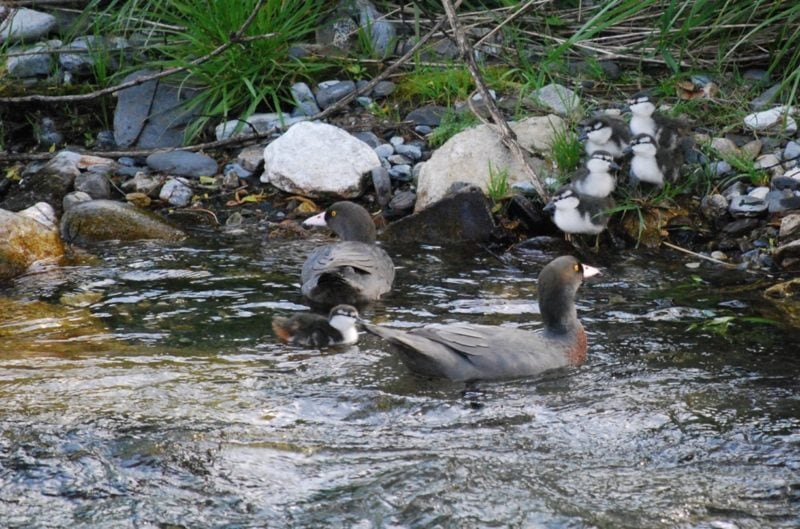
Finding the right fit
New Forests NZ are extending their support to the Motueka catchment, an active hub for the Farmers for Whio initiative. Building on their existing commitment to conservation through collaboration with the QEII Trust, New Forests sought to expand their efforts . When it was suggested that they take a look at some of the projects being supported by TET, Farmers for Whio seemed like a good fit. “Looking after the highly endangered blue duck works in nicely with the kind of conservation work we’re already doing in our catchment areas,” explains Forest Estate Manager Siobhan Allen of M&R Forestlands Management. “We’re forest managers and we strive to leave our catchment areas in an improved state.”
“Saving the whio is one way in which we can achieve our goals and with Farmers for Whio already active in one of our catchment areas, it just made sense to support them in their efforts.”
Siobhan Allen
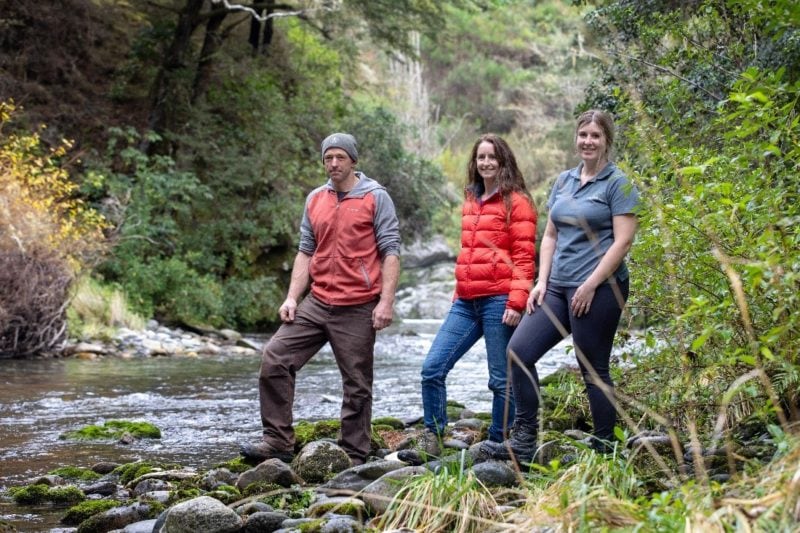
Farmers for Whio works closely with landowners to control mustelids, the main predators of the whio, through installing and maintaining trap networks. Since the project started three years ago, there are now over 500 traps protecting more than 30 kilometres of river margin. The goal of this project is to bring back a thriving whio population on the Motueka River and its tributaries. The whio, an emblematic bird native to New Zealand, relies on the presence of insect life and fast-flowing, unpolluted rivers and streams for its survival. Given their limited numbers and heightened vulnerability to predation, without active protection, their existence in the wild would be at grave risk of extinction.
“We’ve seen the work that TET have done throughout the Tasman region, and knew that they could support us in our effort – we knew they could deliver.”
Siobhan Allen
Bringing the pieces together
Trapping coordinator Barry Burger views the collaboration between the TET and New Forests as an outstanding example of how diverse organisations can unite to achieve shared objectives.
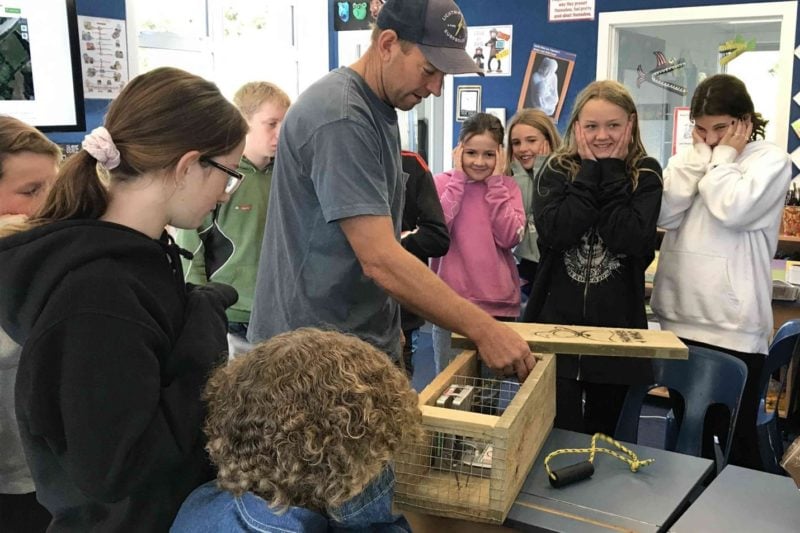
“We’ve been fortunate enough to receive funding from DOC and the WWF in the past, and that’s gotten us to where we are today”, says Barry. “The support from New Forests means we can keep the project moving forward and expand our trapping network significantly.”
Although stoats are the main predator of the whio, Barry reports that catches include high numbers of hedgehogs, rats and weasels. The project is a win-win for everyone involved, as it incurs conservation gains that go well beyond protecting the whio, benefitting other native wildlife.
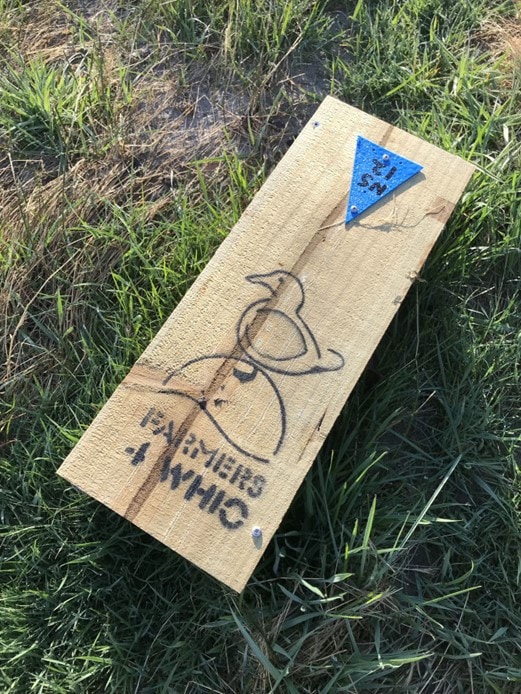
Building a picture
The Farmers for Whio project adjoins the ‘Friends of Flora’ project in Kahurangi National Park. Barry’s hope is that whio populations will spill over from the two areas and we will begin to see a real increase in numbers. “It’s hard to say where we’re at right now with regards to population numbers,” says Barry. “We’re a relatively new project and our records only go back a few years.”
“We’re building our survey data to get a better picture of the statistics.”
Barry Burger
The findings of the Farmers for Whio project will feed into an upcoming survey conducted by the Department of Conservation (DOC). Anticipated to be released later this year, the survey aims to provide up-to-date understanding of the whio numbers in Kahurangi National Park.
For more information on Farmers for Whio, or to get involved, click here
About Marberry Estate: Nestled in the scenic Marlborough region, Marberry Estate encompasses a vast expanse of 5771 hectares, boasting ten forests under the combined management of New Forests Asset Management and M&R Forestland Management Ltd. These forests, contain some 1397 hectares of native vegetation, which is home to a diverse range of habitats, from stream-side reserves and native scrub, to tall forests, all dedicated to conservation purposes.

